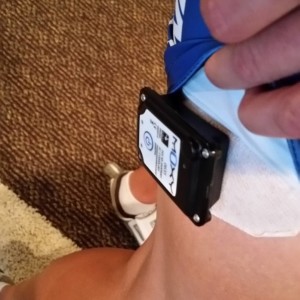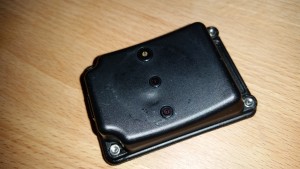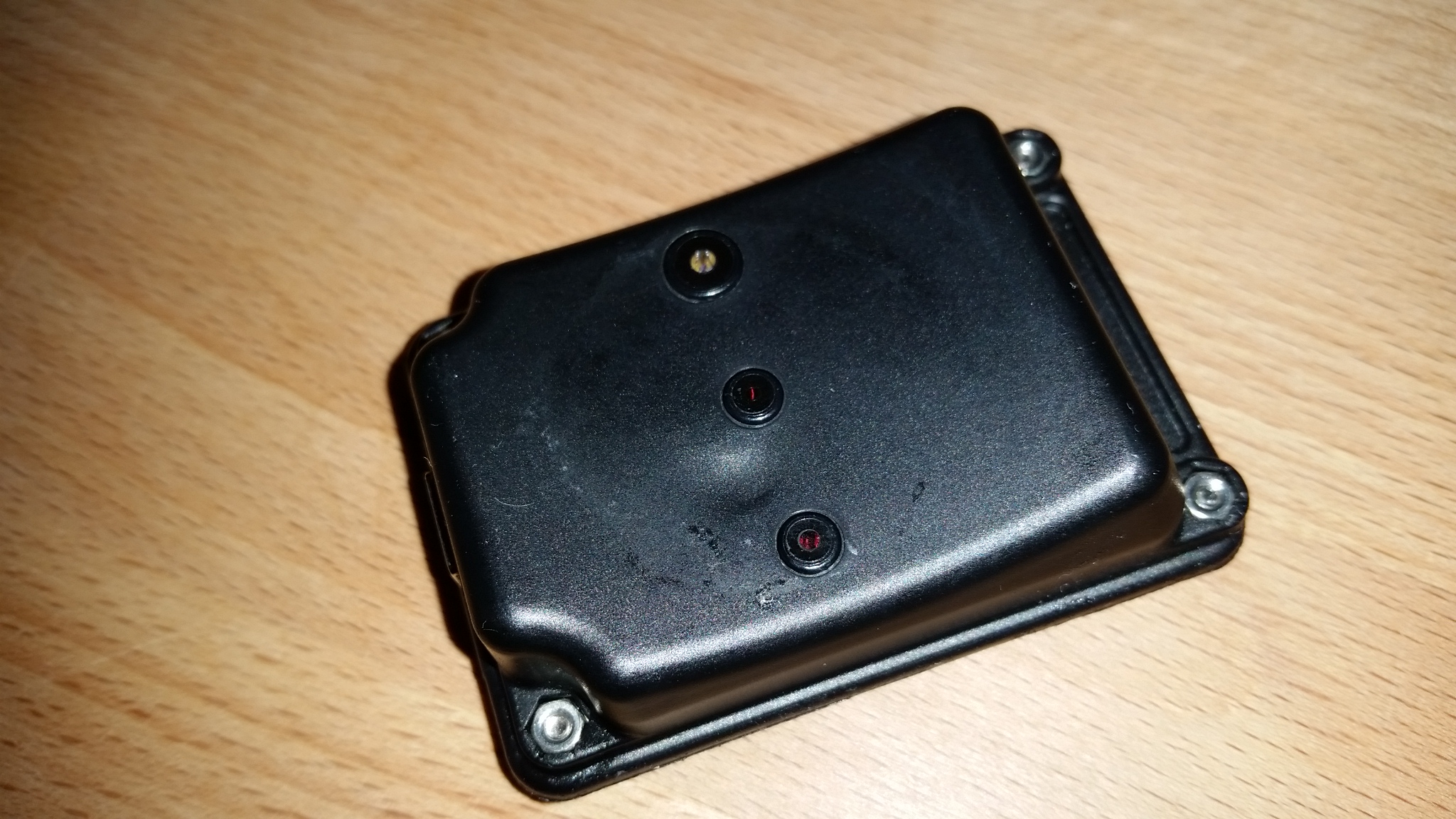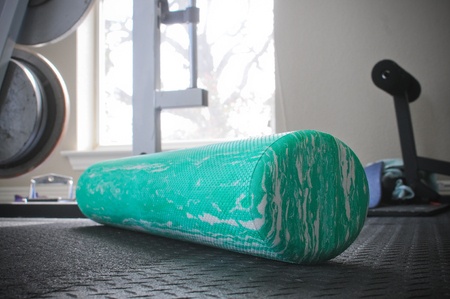
I’ve recently added muscle oxygenation testing to my “testing toolbox.” Since this is a relatively new method of performance monitoring easily available to endurance athletes, I thought I’d give a short post on what it’s about.
Endurance athletes rely on the delivery of oxygen to their muscles. I’m guessing you are familiar that the majority of longer endurance events are done in “aerobic” pace, and even shorter efforts that we might call “anaerobic” still require oxygen. Therefore obtaining an understand of hour your muscles utilize oxygen can be quite useful in determining strengths and limiters, and then developing a plan to optimize your training.
The Moxy monitor is a device that can let us look inside our muscles. The unit utilizes Near Infrared Spectroscopy, commonly referred to as NIRS. It’s been around in the medical field for some time, and you are probably most familiar with it in the form of a pulse oximeter. That particular unit measures SpO2, or arterial oxygen, often from your finger tip, and calculates the percentage of oxygen in your arterial blood.
Unlike the pulse oximeter, the Moxy monitor measures oxygen in your muscle capillaries.

There is the near IR emitter (LEDs) and two detectors. Perhaps you recall from high school science that some molecules absorb light differently. Oxygenated and deoxygenated hemoglobin have different absorbance spectra in the near-IR region. Detecting the light that comes out of the skin, the amount of oxygenated and deoxygenated hemoglobin can be measured.
Read more on the science that I just pretty much completely glossed over.
The Moxy unit measures the oxyhemoglobin concentration in relation to the total hemoglobin concentration in the muscle and reports it as a percentage known as SmO2. Monitoring this in real time gives use that window into your muscles during a workout. We can test muscle oxygenation trends using specific test protocols. Doing this can tell us intensities where you are easily supplying your body with oxygen, in a steady state (consumption equals delivery), and where consumption exceeds delivery. By learning how your body behaves, you can more effectively train for your performance goals.
My next muscle oxygen post will review the data of one of these tests. Learn more about how I can help you with a muscle oxygen test.










